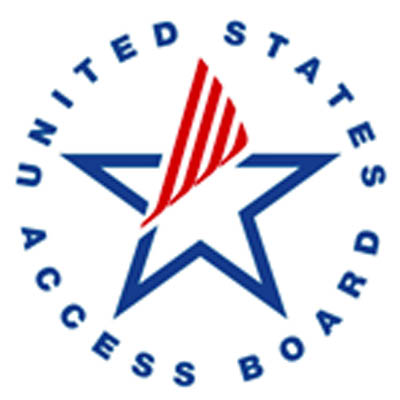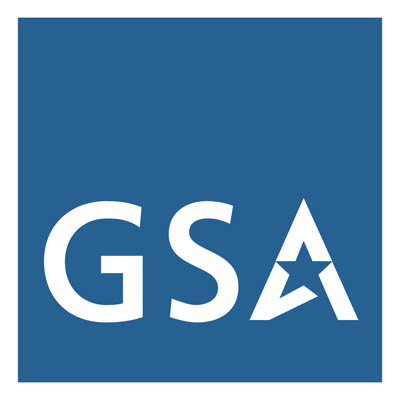Section 508 Regulation uses the word “exception” for General Exceptions (E202). Additionally, specific provisions within Section 508 and some Web Content Accessibility Guidelines (WCAG) 2.0 AA Success Criteria also have exceptions. This article only covers General Exceptions (E202).
Although exceptions may be available, agencies can choose not to use them and instead require full Section 508 conformance for all information and communication technology (ICT). Claiming an exception is optional. If a conformant ICT product can be used, even though an exception otherwise applies, its use is recommended!
Most of the General Exceptions come from the authorizing statute, the Rehabilitation Act of 1973 as amended, 29 U.S.C. Sec. 794d.
Legacy ICT
This exception applies only for ICT that was developed or procured by an agency before January 18, 2018, the date agencies were required to comply with the Revised Section 508 Standards. Examples include very old PDFs and web pages, which would not have been evaluated for color contrast —minimum text contrast is a requirement of WCAG 2.0 AA but was not addressed by the Original 508 Standards. This exception applies only to ICT that has not had any changes or alterations which affect interoperability, the user interface, or access to information or data. Old PDFs and web pages which were updated on or after January 18, 2018 must conform to the Revised Section 508 Standards.
National Security Systems
National Security System (NSS) is defined by 40 U.S.C. 11103. It is referenced by Section 508 and not under the remit of the Access Board. According to 40 U.S.C. 11103(a)(2), “Limitation.—Paragraph (1)(E) does not include a system to be used for routine administrative and business applications (including payroll, finance, logistics, and personnel management applications).” For example, office productivity software is not part of a national security system.
Another example could be an online training course about classified ICT that may qualify for the NSS exception. However, that training would likely be hosted on the agency’s Learning Management System (LMS). The LMS would not qualify for an NSS exception.
Some agencies in the Intelligence Community (IC) try not to use the NSS exception. Their NSS is accessible for all their employees.
Federal Contracts
The charging statute, 29 U.S.C. Sec. 794d(a)(2)(A)(i), directs the Access Board to issue “a definition of electronic and information technology that is consistent with the definition of information technology specified in section 11101(6) of title 40”. This exception comes from 40 U.S.C. 11101(6)(C) which reads: “does not include any equipment acquired by a federal contractor incidental to a federal contract.”
In this context, “incidental” refers to ICT not under the direct control of the agency, meaning that it’s not ICT “procured, developed, maintained, or used” by the agency. An example would be software used off-premises by a contractor for creating an ICT deliverable. While the ICT deliverable must conform to Section 508 requirements, the authoring tool used off-premises by a contractor to produce the ICT deliverable is covered by this exception and does not have Section 508 requirements. If the ICT deliverable is a PDF report (and the contractor works off-site), Section 508 does not apply to the authoring tool used to create the PDF report.
ICT Functions Located in Maintenance or Monitoring Spaces
This exception is patterned after a similar General Exception in the Americans with Disabilities Act (ADA) and Architectural Barriers Act (ABA) Standards for Machinery Spaces. A similar exception existed within the Original Section 508 Standards which was sometimes mischaracterized as a “back office” exception. With the Revised 508 Standards, the scope of the exception was narrowed to the location of status indicators and operable parts, such as a router located in a telephone closet. Only certain physical aspects of the router, such as a power switch or reset button, would be covered by this exception. Routers typically have status indicator lights, but the functionality associated with those lights is typically available for remote monitoring. These status indicator lights are covered by the exception, but remote monitoring software is required to be accessible.
Undue Burden or Fundamental Alteration
Applicability of a Fundamental Alteration exception can be assessed by someone familiar with the ICT requirements. A Fundamental Alteration could be as simple as having a business need for ICT to be small and portable when the only conforming equivalent is large and bulky. Another example of fundamental alteration is a software program which needs to be in a certain industry standard file format, and that format can’t support accessibility. If conversion to an accessible alternative format results in incompatibility with the software program, using a different file format could be considered a fundamental alteration.
Basis for a Determination of Undue Burden
Caution is advised before asserting this exception. Consult with management and agency counsel before making an Undue Burden claim.
Undue Burden is based on the resources available to the program or component, not just the resources budgeted for the ICT.
Required Documentation
The Revised 508 Standards do not specify the documentation needed to justify Undue Burden or Fundamental Alteration, an approval process, nor how the agency should record a determination of Undue Burden or Fundamental Alteration. This gives agencies appropriate flexibility regarding their Section 508 processes. In the case of Fundamental Alteration, the “responsible agency official” may be the same as the person doing product research. A determination of Undue Burden necessitates a more extensive paper trail because of the need to consult legal counsel or management.
Alternative Means
Even with an approved exception, people with disabilities still need ICT information and data that support their work responsibilities. The difference between accessibility required by Section 508 and alternative means is that Section 508 is proactive and conformance is based on standards. Alternative Means is similar to Reasonable Accommodations in that it’s based on the needs of individuals impacted by accessibility barriers.
Best Meets
If no commercially available ICT meets all the Revised 508 Standards, the agency must choose the option that meets the standards as much as possible while still fulfilling its business needs,. If products are commercially available that meet some, but not all, of the standards, the agency must procure the product that best meets the Revised 508 Standards.
Required Documentation
The Revised 508 Standards do not detail the documentation process an agency must follow. As with Undue Burden and Fundamental Alteration, agencies have flexibility regarding their Best Meets exception processes. For Best Meets, the “responsible agency official” is likely the same person who performed other product research and led the procurement. Agency procurement must include Section 508 conformance as an evaluation factor in ICT selection processes.
Alternative Means
Similar to E202.6.3 Alternate Means, even with an exception, people with disabilities still need ICT that helps them do their job. Even with an approved exception, people with disabilities still need ICT information and data that support their work responsibilities.
The difference between accessibility required by Section 508 and alternative means is that Section 508 is proactive and conformance is based on standards. Alternative Means is similar to Reasonable Accommodations in that it’s based on the needs of individuals impacted by accessibility barriers.
Related Resources
- Section 508 Standards and Exceptions Chart & Examples
- Determine Section 508 Standards and Exceptions
Reviewed/Updated: June 2025



